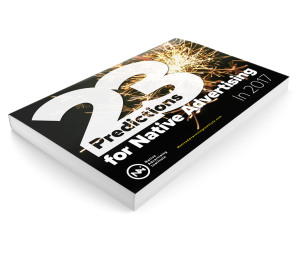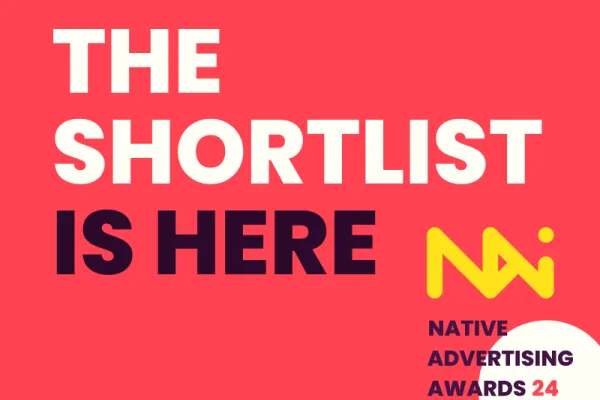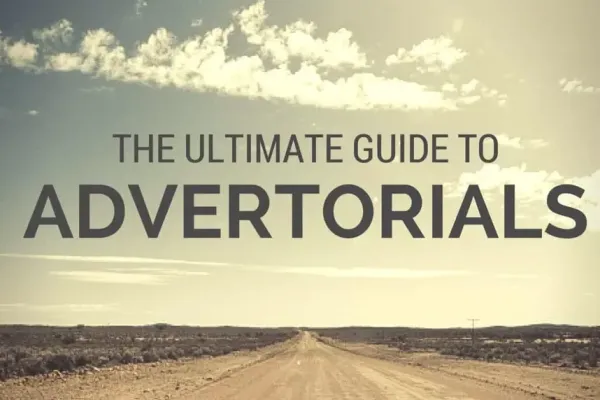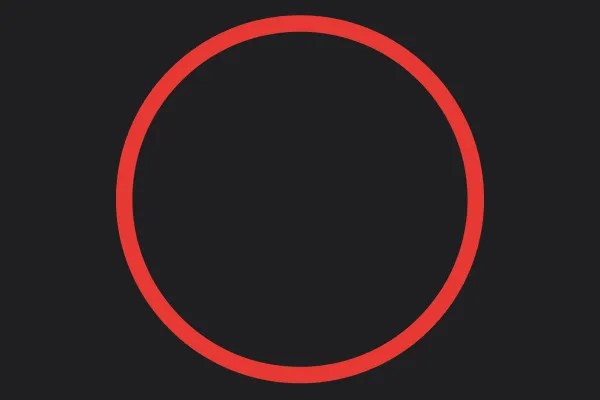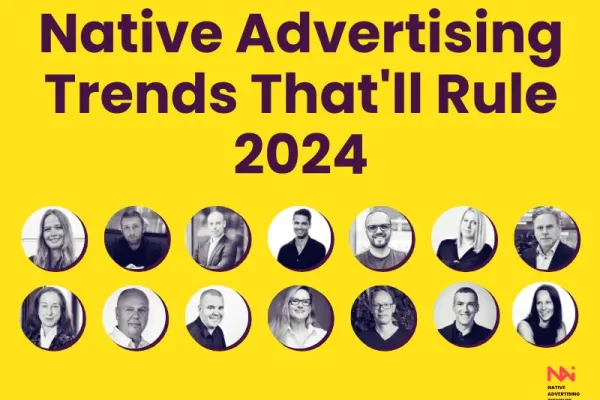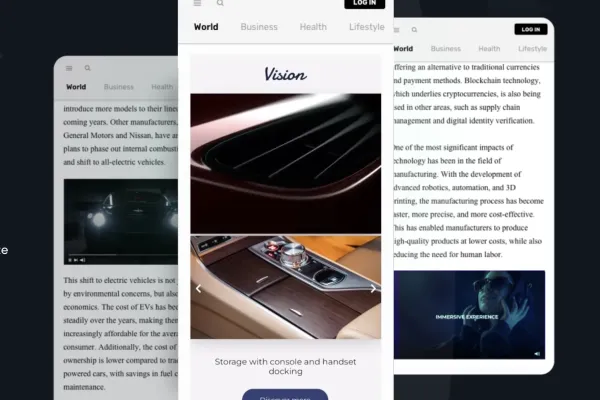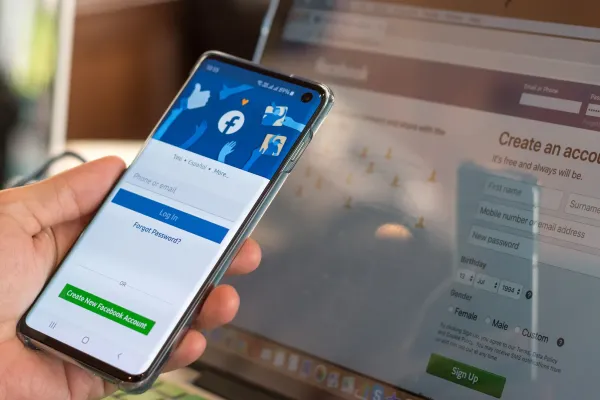
By Eliza Medley
Marketer and blogger
Orlando, Florida
Connect
Years ago, a company called General Mills hit upon a marketing tool that catapulted a boring breakfast cereal, Wheaties, into a major revenue machine. They began to call it the “breakfast of champions” and featured famous athletes on its boxes – product endorsers who were idolized by every kid. This was “influencer marketing” at its finest.
Obviously, “influencer marketing” has evolved. The big boys can still get big names to endorse their products. The smaller business owners cannot. But “influencer marketing” has taken on an entirely new meaning, and it promises to be the marketing buzzword in 2017 and beyond. Why?
Consider this:
• Over the next five years, millennials will spend $1.4 trillion on products and services, most of which are offered and purchased digitally. This is the biggest purchasing group right now.
• According to Tapinfluence, 83% of digital consumers rely on recommendations for products and services from people they know.
• According to a Nielson report, 66% of consumers place trust in reviews and ratings they read online.
What does this mean for marketers? It means that all of the PR, all of the content marketing, and all of the social media efforts will need to converge around a major factor – influencer marketing. And the influencers are not just the “experts” in a niche or major celebrities. The influencers are also common folk who are speaking with their tribes.
Devise a Solid Strategy
Trust in media and in institutions is declining. Consumers have come to rely on one another and those “authorities” that they have come to know and trust. Marketers have to tap into this new consumerism if they intend to get a fair market share of the huge revenue potential that sits out there. There are specific steps and strategies for doing this successfully.
No strategy can be developed without goals and KPI’s. And this is where you must begin.
• Establish your goals. Are you looking to increase awareness of your brand? Do you have a new product or service to launch? Have you identified a new target audience that you want to reach? These things will determine the type of influencer campaign you launch.
• Set Your KPI’s. Be specific and identify how you will track them. Using Google Analytics is still a pretty good method. If your influencers are mentioning you in posts; if your influencers are recommending you to others; if your influences are reviewing your product/service, then you can track how much engagement and how many conversions you are getting as a result.
Start Your Research – Finding Influencers
There’s a lot involved here, and it will take the time to identify, introduce, nurture and win over influencers. Doing this right means several steps.
1. What traits do you want your ideal influencer to have? Obviously, you want that individual to have the same audience that you do; you want that individual’s niche to be related to yours; you want that influence to have a highly engaged audience – lots of like, re-tweets, shares, etc.
An influencer’s online “personality” is also important. Language and style must be a “fit” for your target market.
You need also to think about “reach”. There may be an influencer with a huge reach but not much engagement (likes but no shares, for example). You may want to select an influencer with a smaller reach but a higher percentage of engagement – just sayin’.
So ask yourself this:
2. What type of influence do you want? There are 5 types of influencers, and the type you want may vary depending upon your goals and specific campaigns.
• Celebrities: The big boys can afford them; most others cannot. They have a huge reach, of course, but may not have the engagement. Companies use celebrities when they have the budget to “throw enough against the wall” that some of it may stick.
• Micro-Influencers: the beauty of these individuals is that, while they may only have a following of up to 100,000, their engagement rate is usually much higher. Followers tend to share their content. A solid example of this is the blog, “House of Rose” – all things kids and family. The founder, Mandy Rose, has 30,000 followers on Pinterest, 23,000 on Facebook, and 4.236 on Twitter. If your business related to house, home, family, or kids’ products/services, this would be a great micro-influencer to cultivate.
• Sector Experts: These are niche-specific influencers with pretty large followings on social media. Neil Patel is an expert in content marketing and SEO, among other things. He would be considered a sector expert. Nathan Chan, founder of Foundr Magazine is an expert on startups and using social media, especially Instagram, to grow and audience and, in the words of his new book, “Turn Followers into Dollars.”
• Brand Ambassadors: These influencers come from our own target audience and love your brand – so much so that they will recommend you to their tribes.
• Employees: You have team members who love you and your company/brand. They will share everything about you on their social channels and beyond.
From these groups, you should identify those you can immediately use (brand ambassadors and employees) and those you may want to nurture.
Crunch the Data on Your Identified Influencers
Fortunately, you have great tools to check out your influencers’ stats – the celebrities, the micro-influencers, and the experts at least. Here are a few.
• BuzzSumo
Not only can you find influencers by topic, you can also check out the engagement levels of specific influencers or your competitors, and more. You can find the most popular content of an identified influencer and see if it is a good fit for your brand.
• BuzzStream
Here is where you can conduct research on influencers, find their contact information. You can search by specific name or by keyword/topic. You can get information about how many followers they have on social media platforms.
• Google Alerts
Here’s a great tool when you want to see who is producing popular content on topics that relate to your niche. You can set how often you want to get alerts, how many in that period of time,
Wooing Your Influencers
Brand Ambassadors: You have already developed relationships with your loyal customers and followers. Using them as influencers may also already be a part of your marketing strategy. That strategy probably includes amazing content that they will love to share. And if you have difficulty with creative, engaging content, you know that you can use strong tools to find a good essay topics list, help with compelling headlines, and can do research to make content informative. You also know how to provide incentives for readers/followers to share.
Micro-Influencers and Experts: Here you will have to reach out in different ways.
• Become a Fan/Follower: Follow your potential influencers on all of their social media platforms; access their blog every day. Like, share, and retweet al of their posts; participate in as many conversations as possible. Actually, BuzzSumo lets you do this pretty easily through its Influencer Conversations tab. Add the influencers to your “outreach” list and insert yourself right into conversations
The goal is to get your name known. Just be certain that what you add to the conversation shows intelligence and understanding. You want the influence to be impressed. This takes a while and requires patience. If you “make a move” on your influencer too quickly, you will fail.
• Ask Permission to Re-Post: Everyone loves flattery. Contact the influence and give high praise to a posts/he has written. Ask if you can re-post it on your blog. You’ll probably get a “yes” if you check out as a reputable enterprise.
• Send Over a Stunning Piece of Content: If you have an exceptional piece of content that directly relates to something the influence has written, send it over with a short note. You never know – it might be posted.
• Create a “Pitch” Email: This can be very effective if well done. This is part flattery and part a chance to get something from that influence in the content you are producing. Suppose you are creating an e-book on hiking because your company sells hiking gear. Your influencer is a nationally-known hiking enthusiast, competitor, and expert. Send over the first chapter and ask for input. What’s in it for the influence? Well, you will be featuring him/her and excerpts from his/her content in your e-book. This is a ‘win-win.” And when the e-book is complete, of course, a complimentary copy is sent over too.
• Make a Deal: If all of the above strategies have been successful, you are now ready to ask for product endorsements. Again, what’s in it for the influence? Some will be willing to make such an endorsement if you send them the free product for their use and review. Others will want money to do this. Your job is to negotiate the best deal possible, knowing that endorsements will be going to a huge number of potential customers.
• Celebrities: If you have the budget, go for it. They will want buckets of money.
Tracking Your Campaigns
This is not optional. You will have no way of knowing which influencers or influencer types are actually getting results for you without gathering the data you need to analyze effectiveness.
Go back to your KPI’s. What were the results/conversions you were looking for? Are you getting the clicks, the followers, the subscribers, and, ultimately, the customers you want from specific influencers? You can easily use Google Analytics to gather these metrics and track them. This will tell you which influencers are not worth any more time or effort and which you want to continue to nurture relationships with.
If you didn’t know it before, you do now. Influencer marketing campaigns take a lot of time and commitment on your part. They do not gain results in a matter of weeks, even months, especially if you are wooing experts and micro-influencers. They have to trust and respect you – and these are things that are earned over time by marketers who are willing to stick with it.
DOWNLOAD ’23 Predictions for Native Advertising in 2017′ [FREE E-BOOK]
